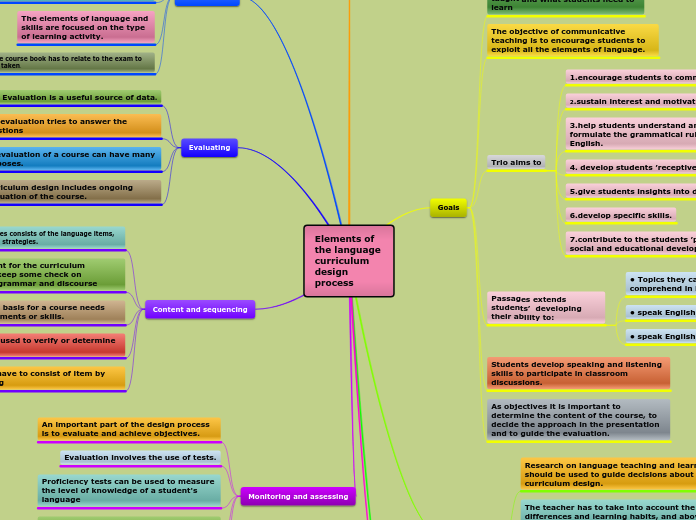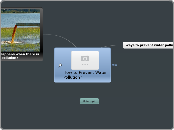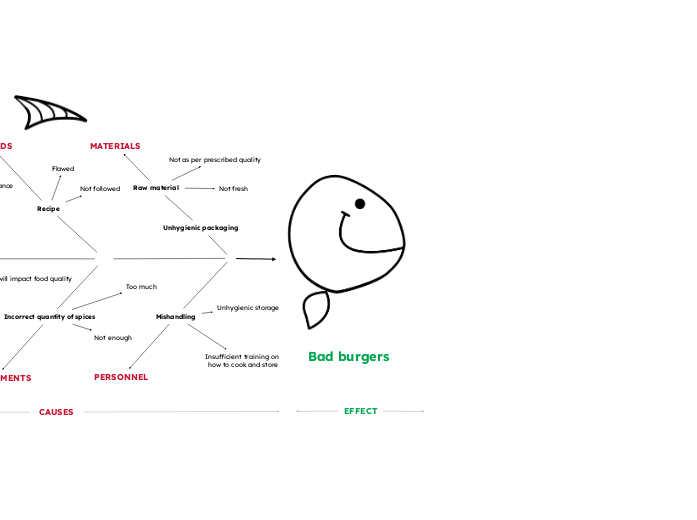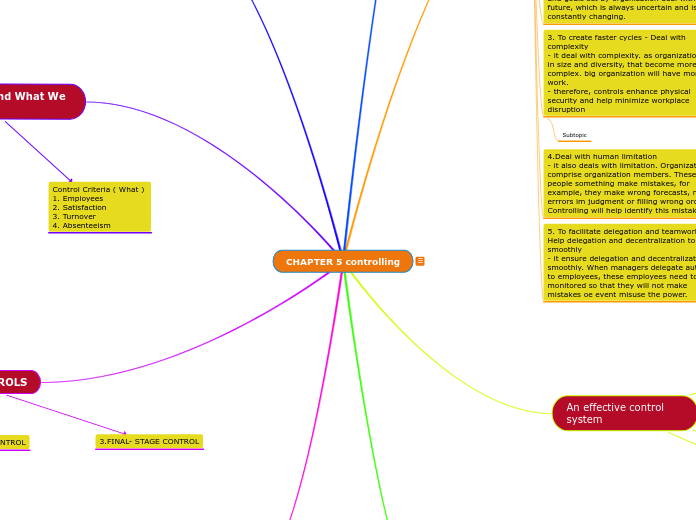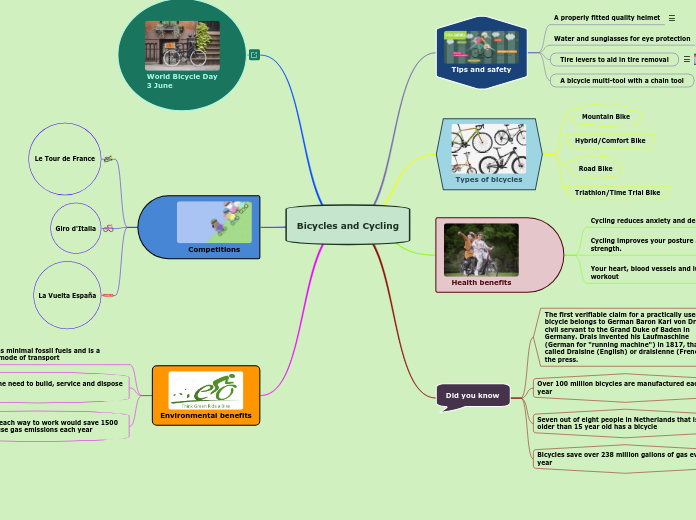por Diana Ordoñez hace 5 años
1072
Elements of the language curriculum design process
In developing a language curriculum, understanding students' needs and desires is crucial. These needs can be assessed through various methods, such as questions, tests, and interviews.
